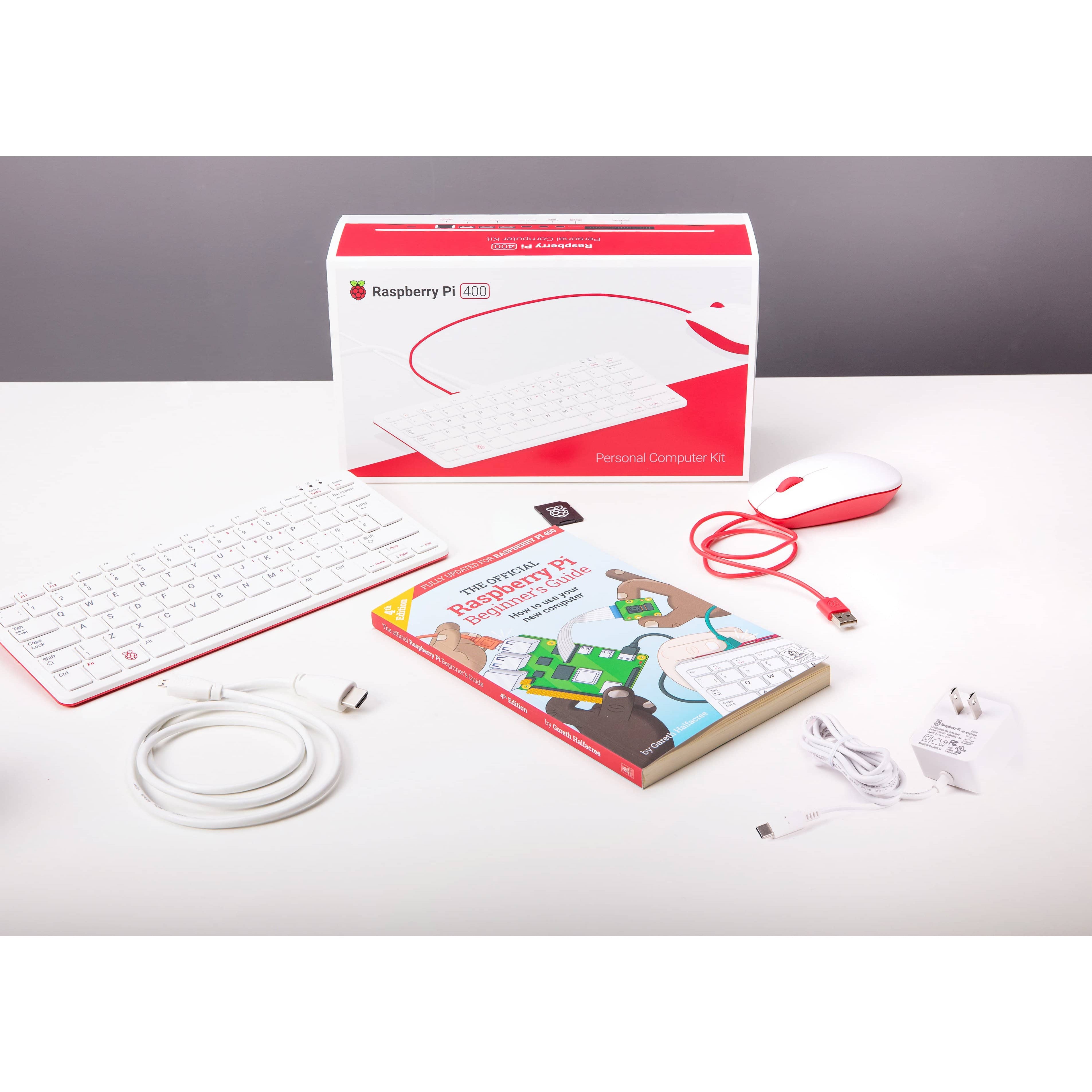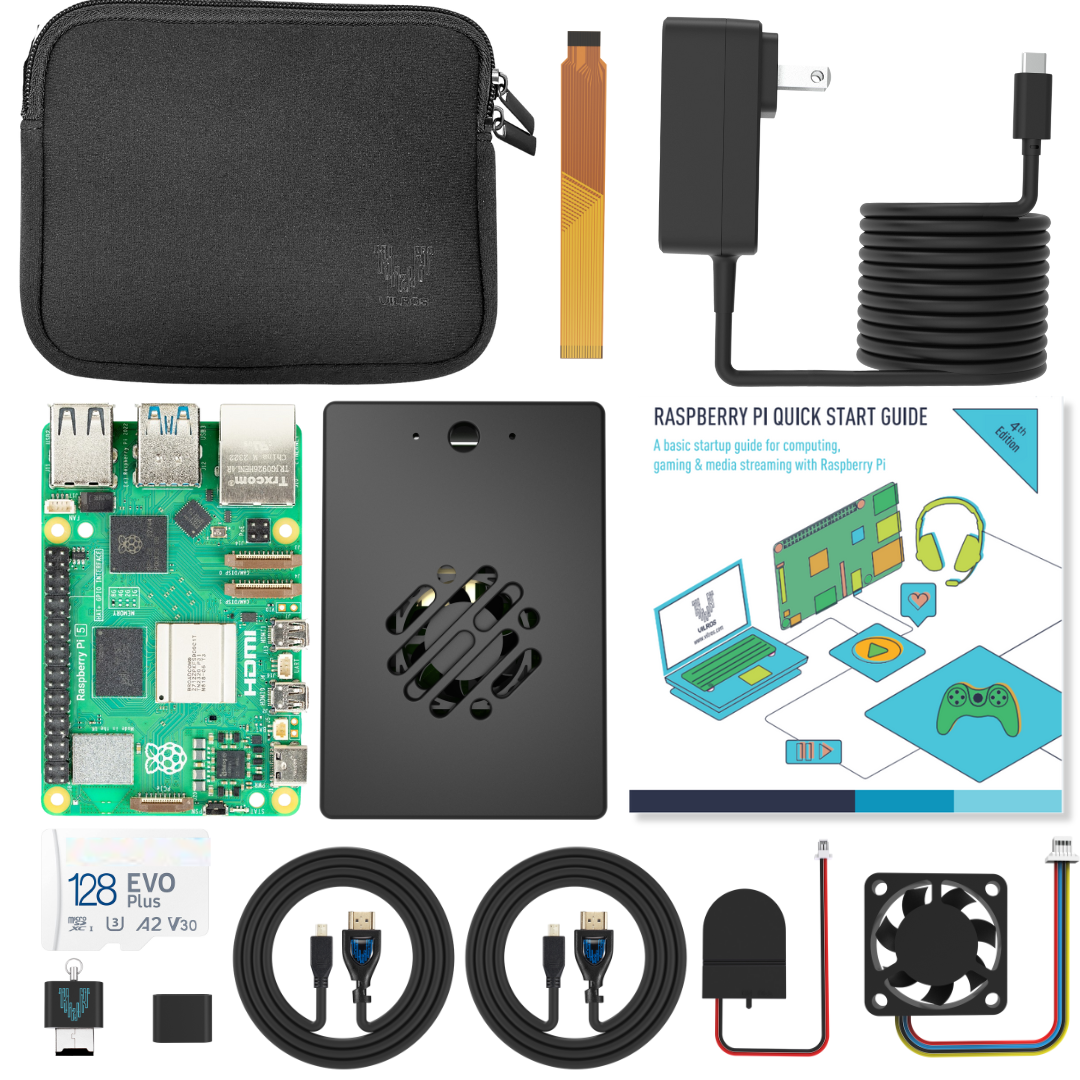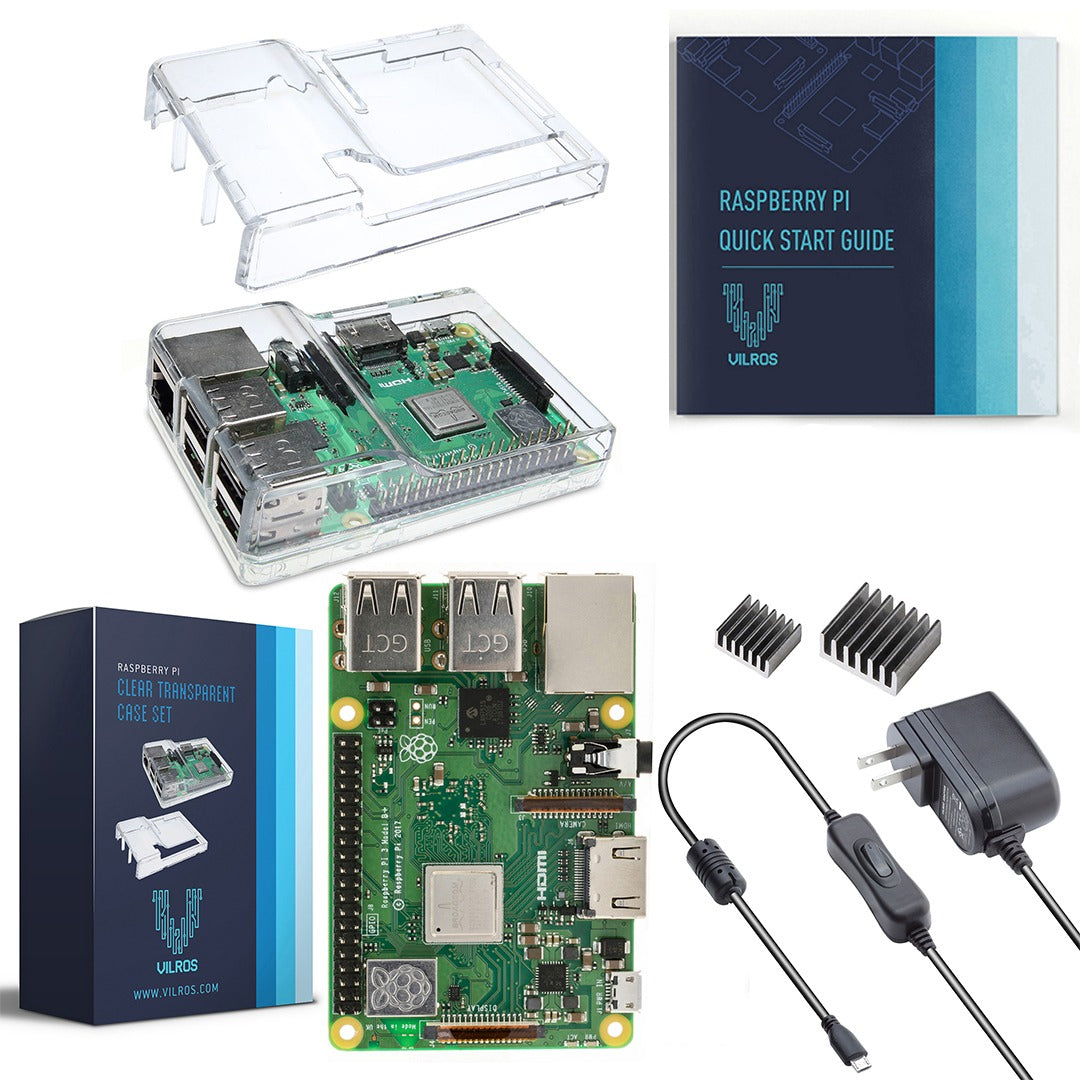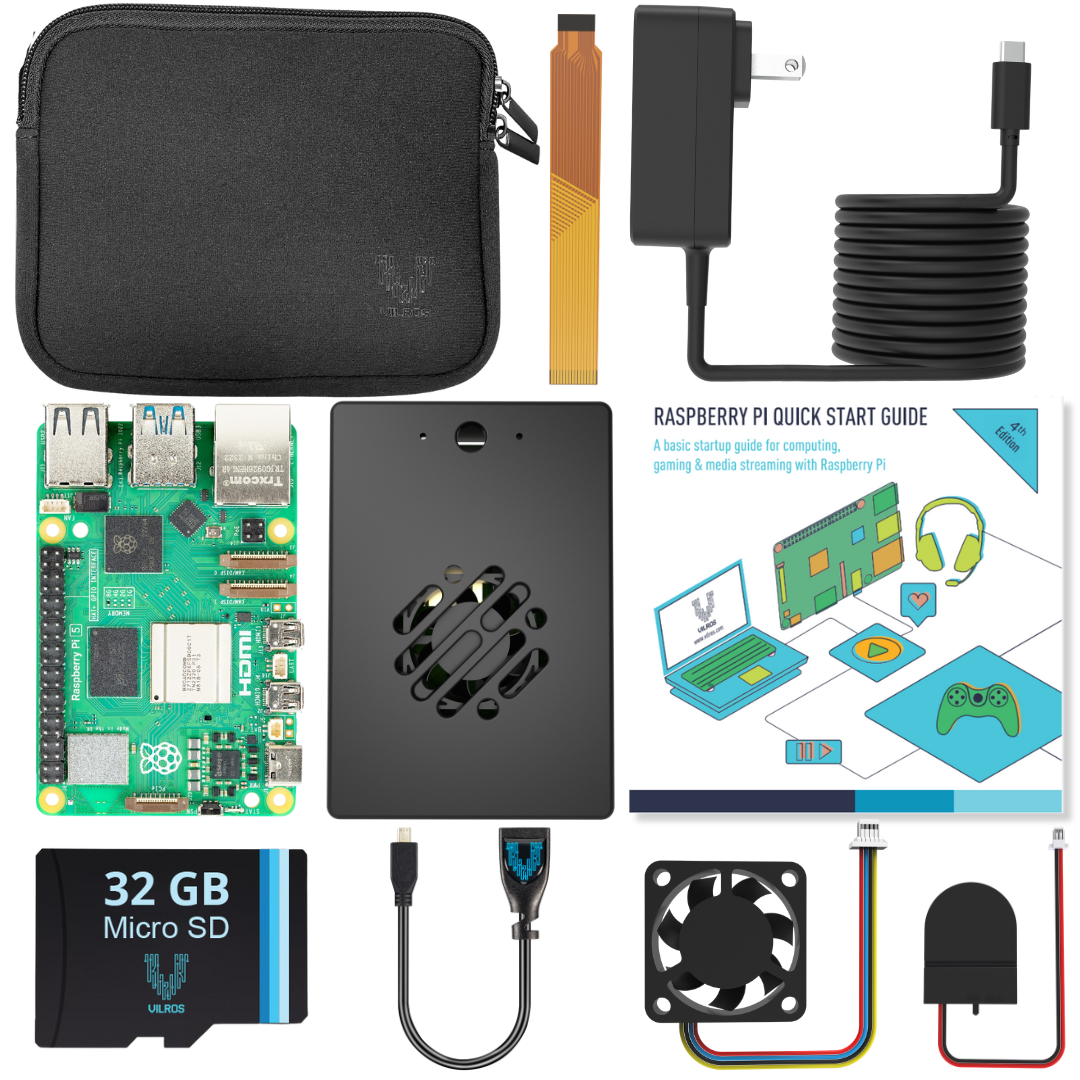
Arduino Announces “Touch Less, Do More” Contest in Response to COVID-19
Arduino Announces “Touch Less, Do More” Contest in Response to COVID-19
Here’s something for all you Arduino fans -
Would you like an opportunity to get a free Arduino MKR WiFi1010 and win up to $10,000 worth of prizes AND also make a positive impact on life post-COVID-19? If so, you should consider creating a project for Arduino’s new “Touch Less, Do More” challenge.
Until we get a vaccine for COVID-19, so many of our common ways of socializing will need to change in order to flatten the curve of infections. We’ve already seen the rise of social distancing, remote work, and remote school. As businesses and other public spaces start to re-open, we’ll need improvements to managing crowds and queues as well as more touch-free technologies to keep the disease from spreading.
To incentivize builders and creators to design new solutions, Arduino has launched the “Touch, Less, Do More” contest for projects that utilize Arduino MKR or Nano boards to create solution in two categories:
The Two Categories in the Touch Less, Do More Contest
Category 1 – “Touch Free”: projects that can replace the need to manually push buttons; for example, door bells, elevators, crosswalk buttons, hand sanitizer dispensers, etc.
Category 2 – “Social Distance Enablement & Tracking”: projects that help keep people 6 ft. apart so that they can safely congregate in workplaces, restaurants, on public transportation, etc. (Projects that help limit the time people spend in close proximity are also encouraged).
Contest Deadlines
Don’t have an Arduino MKR board? No worries – if you submit a good working idea, you could receive a free Arduino MKR WiFi 1010. Arduino is giving away 50 free boards to the most innovative ideas. The deadline is June 16, 2020.
Already have an Arduino MKR and/or Nano? Submit your project for the opportunity to win up to $10,000 of prizes. The deadline is July 14, 2020.

Contest Recommendations
Note: the purpose of this contest is not to create medical devices, but rather to crowdsource solutions that will help people safely assemble and socialize during the COVID-19 pandemic.
Ideally your project should be able to be implemented in a variety of environments. For this reason,
Arduino recommends you factor in durability, reliability, connectivity, and power management into your design.
Arduino MKR is recommended for IoT applications. MKR boards make it easy to quickly and efficiently shift between wireless communication protocols while also keeping costs low. Eligible boards include MKR WAN 1300, MKR WAN 1310. MKR WiFi 1010, MKR 1000.
Arduino Nano provides powerful, reliable processing power in a tiny format. They can also feature embedded AI machine learning. Eligible boards include Nano 33 BLE, Nano 33 BLE Sense, Nano 33 IoT.
Prizes!
Arduino will be awarding prizes for the top five projects. There will also be product assessments and marketing education and support to help bring projects to market.
Here are the prizes you could win:
Grand Prize: a $5000 voucher for hardware from Newark online store, $750 assessment with Dragon Innovation, $5000 product marketing with Hackster.io
Touch-Free – 1st Place: a $1500 voucher for hardware from Newark online store, $750 assessment with Dragon Innovation, $3000 product marketing with Hackster.io
Touch-Free – 2nd Place: a $500 voucher for hardware from Newark online store, $750 assessment with Dragon Innovation, $2000 product marketing with Hackster.io
Social Distance Enablement & Tracking – 1st Place: a $1500 voucher for hardware from Newark online store, $750 assessment with Dragon Innovation, $3000 product marketing with Hackster.io
Social Distance Enablement & Tracking – 2nd Place: a $5,000 voucher for hardware from Newark online store, $750 assessment with Dragon Innovation, $5000 product marketing with Hackster.io
To find out more, check out the contest rules and eligibility requirements for the contest. And for more news on Arduino and Raspberry Pi, be sure to bookmark and return to our Vilros blog!





